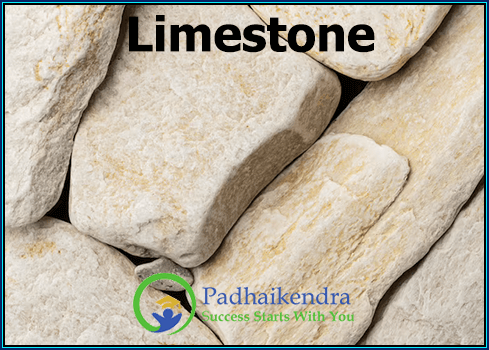Limestone is a sedimentary rock that is composed primarily of calcium carbonate (CaCO3) in the form of the mineral calcite. It is one of the most common non-metallic minerals and is used in a variety of applications, including construction, agriculture, and manufacturing.
Limestone is formed over millions of years as marine organisms such as corals and shells accumulate and compress to form a sedimentary rock. The color of limestone can vary from white to gray to yellow, depending on the impurities present in the rock.
Limestone is used in a variety of ways, including:
- Construction – Limestone is used as a building material and is commonly used in the construction of homes, buildings, and other structures. It is also used as a decorative stone in landscaping.
- Agriculture – Limestone is used as a soil conditioner to neutralize acidic soils and improve the growth of crops. It is also used in animal feed as a source of calcium.
- Manufacturing – Limestone is used as a raw material in the production of cement, glass, and steel. It is also used in the manufacturing of chemicals such as calcium carbide and quicklime.
In India, limestone is found in abundance in the states of Andhra Pradesh, Madhya Pradesh, and Rajasthan. The production and distribution of limestone in India are regulated by the Ministry of Mines, and the production data is regularly published by the Indian Bureau of Mines. The limestone industry is an important sector of the Indian economy and provides employment opportunities to a large number of people in the country.





